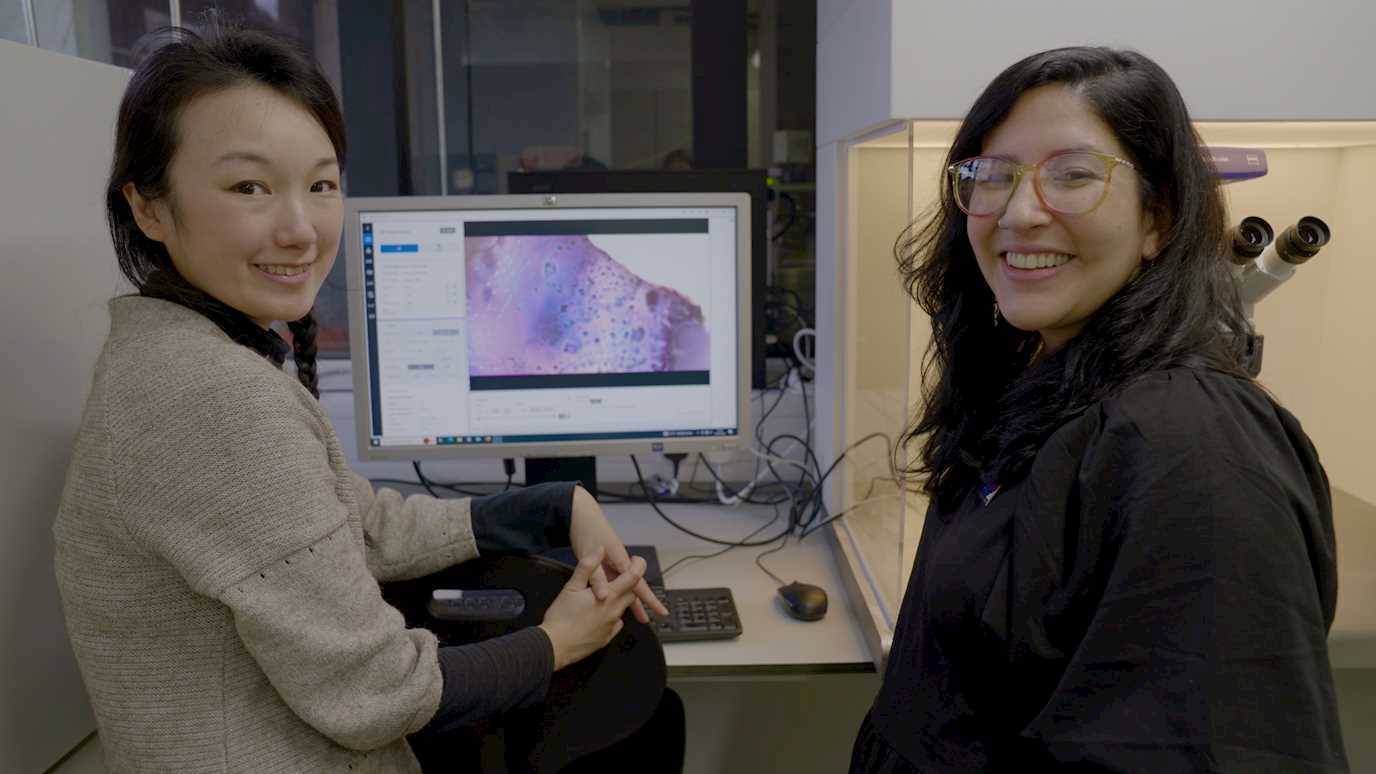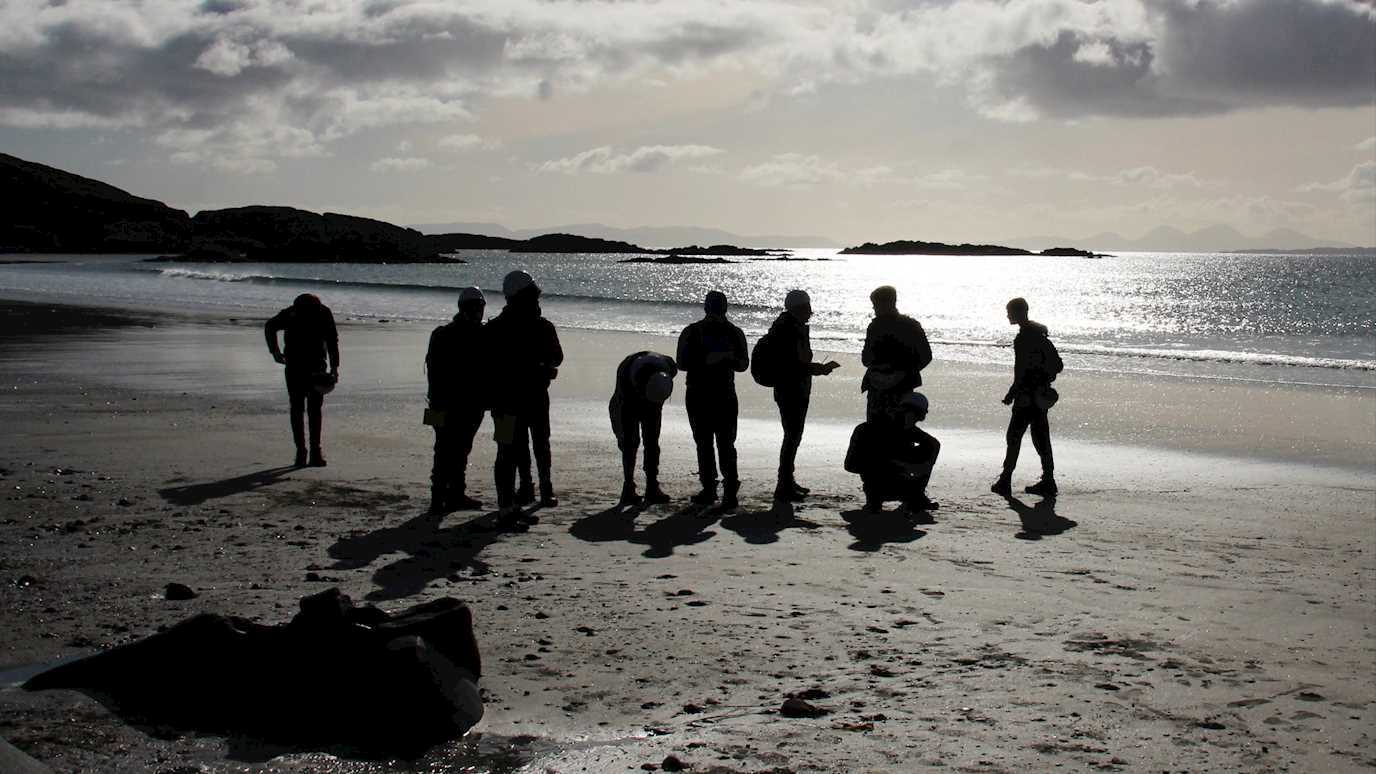Giulio Solferino
On August 21st Dr. Giulio Solferino spent a day collecting X-rays tomographies at PSI Synchrotron to unravel core formation in Earth-like planets
A key process in the separation of the metallic part (core) and the silicate portion (mantle and crust) taking place during the early life of terrestrial planets is percolation of molten metal towards the planet’s centre. This process can drain most of the metal out of the silicates present in the mantle (mostly olivine), but the amount of metal melt that is left behind, ending up to be stranded in the mantle, is not exactly known.
Dr. Giulio Solferino has been investigating planetary differentiation for more than 10 years, and recently he had an opportunity to collect tomographies of experimental samples containing various proportions of metal (10-45 vol%) and olivine to understand at what fraction of melt the metal is not interconnected, thus, how much metal is trapped in the silicates after percolation.
To do this, Dr. Solferino visited the beamline TOMCAT part of the Swiss Light Source (SLS) synchrotron located near Zurich (Switzerland). There, he worked with beamline scientist Dr. Federica Marone to figure out the optimal conditions (X-rays beam energy, acquisition time, etc.) to collect thousands of 2D images each corresponding to a slice through the sample with a spacing (i.e. resolution) of less than a micrometre. These set of images can be combined with a software available by the Laboratory for Advanced Computational Geoscience in Royal Holloway to produce 3D images of the samples.

In the image reported here you can see the 3D volume rendering of a sample with 20 vol% of metal. Specifically, on the left the grey colour is interconnected metal, whereas yellow is unconnected. On the right side you see a ‘Pore Network Model’ of the same sample, where red spheres are large pools of metal and sticks are throats, coloured and scaled by their size (yellow larger radius throats to dark blue narrowest).

























